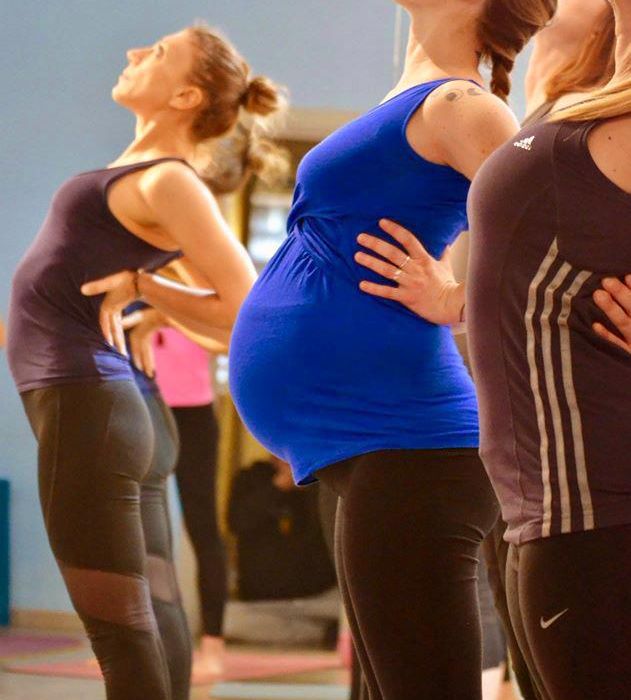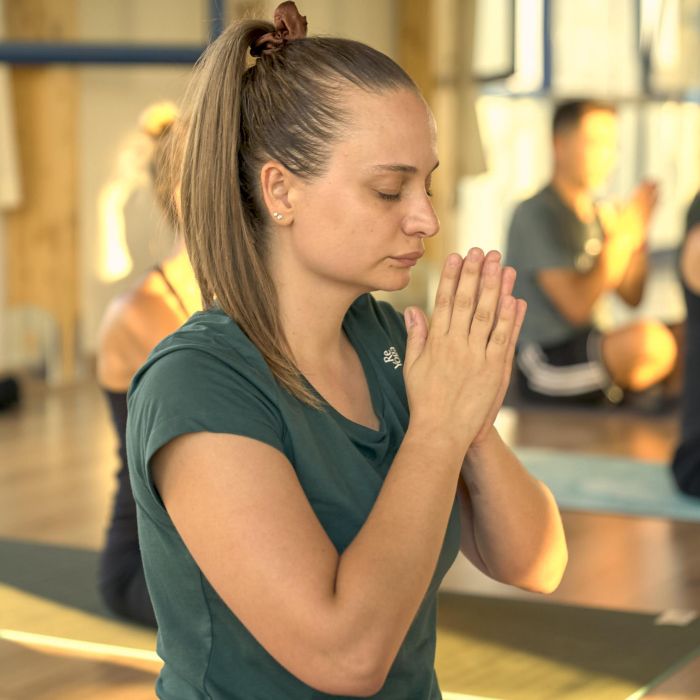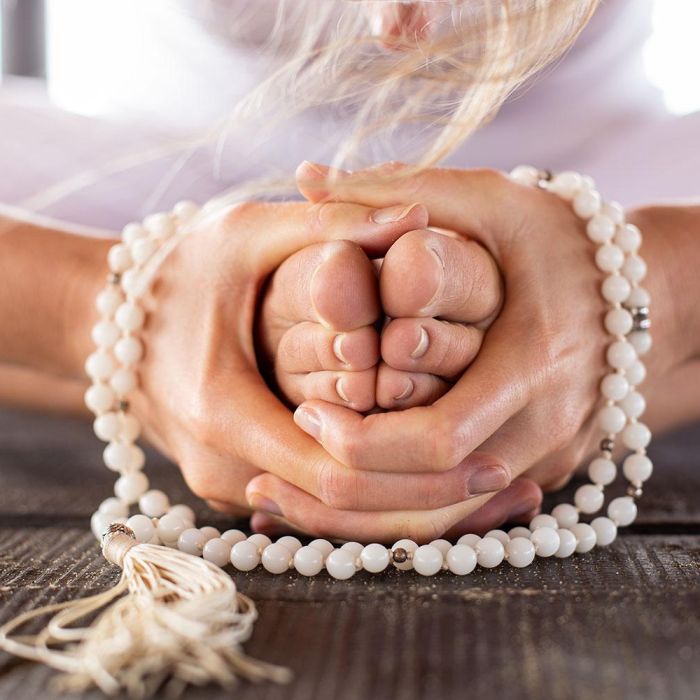
With dedication and lots of years practicing yoga, maestro Yogacharya B.K.S. Iyengar amplified his knowledge about the benefits the numerous different Asana combinations have on the body. The most important finding of his longtime experience: is the performance increases notably depending on the time a person can hold a yoga pose.
In ancient times, yogis supported themselves with “natural yoga instruments” by holding onto branches or roots to be able to stay in a difficult pose for a longer time.
To make yoga accessible for everybody, and take away the fear of not being able to hold poses, he recommends the use of different yoga instruments like blocks, belts, pillows, back-benders or blankets. With the support of these accessories, yoga students can stay in a yoga pose for longer periods without abandoning the correct body form or breathing and their abilities improve quickly.
For yoga master B.K.S. Iyengar, the correct alignment of the body is one of the most important fundamentals when practicing. As soon as we understand the right positioning of the bones and joints it becomes a lot easier to balance and stabilize.
A correct alignment favors blood circulation, creates a bigger space inside our ribcage and abdomen, and benefits energy flow, health, and wellbeing. Furthermore, the correct execution of an Asana raises one’s body awareness.
Body alignment automatically influences the mind and increases our ability to concentrate.
What are the most helpful Yoga Instruments?
1. Cork Yoga Blocks
Especially if you are a yoga beginner, using two cork Yoga blocks can be of great help!
A lot of people start yoga because they have problems with their back or stiff muscles. Their joints especially the spine and most of their muscles are not very flexible.
So when your spine is not flexible enough to enable you to touch the ground with your hands in yoga positions like the standing forward bend Uttanasana or the extended triangle pose Utthita Trikonasana blocks can be of great help to keep the right alignment of the poses.
By putting some weight on the blocks your legs will become less tired and your dorsal muscles will be used more homogenously.

2. A Yoga Belt
A small but very functional helper to keep your correct posture.
While blocks are used to shore up one’s weight, belts come in handy in all kinds of Asanas which ask for a particular flexibility of the spine, especially in sitting or lying positions.
The belt creates resistance and adds that small push you need to perform exercises adequately without tiring your muscles too much. You increase your balance and resistance.
Belts can be 2 or 3 metres long. Attention! Choose the right length depending on the purpose of the belt. It does NOT depend on your height.
The shorter belt is 2 meters long and can be used in the major part of all asanas. The longer version, 3 meters is especially useful to work deeply in more difficult positions like Supta Padangusthasana or Ardha Navasana. The pose can be intensified with every breath and improved slowly but steadily.

3. A Yoga Back Bender
For beginners, the mini backbender offers good support in positions with a backstretch like Dwi Pada Viparita Dandasana or Setu Bandha Sarvangasana.
It is large enough to prop the whole back and different curve angles help to extend the spine without forcing your joints.
With the help of a mini back bender, your ribcage can expand freely and you can improve your breathing.
It benefits the flexibility of the spine and can also be used to help against back problems like sciatica.








